Glacier National Park is a land that defies the imagination. The park is filled with magnificent valleys, carved by the receding glaciers of the last Ice Age. Ascend the mountains to see alpine meadows brimming with wildflowers, a high elevation Garden of Eden. Pristine turquoise lakes and streams, fed by glacial meltwater, permeate the park. A land filled with surprises, every turn reveals something new and exciting. A land so beautiful, it must be seen to be believed.
Covering more than 1 million acres in northwest Montana, Glacier National Park is often called the “Crown of the Continent”, a moniker I tend to agree with. Straddling the continental divide, the park stretches all the way to the Canadian border, where it meets its neighbor, Waterton Lakes National Park. The two parks collectively form Waterton-Glacier International Peace Park, a designation meant to celebrate the friendship between the United States and Canada.

Established in 1910, Glacier National Park is America’s 10th oldest national park. We often think of national parks as land set aside to be protected from industry, but Glacier National Park is unique, in that it was created by industry. In the 1890’s the Great Northern Railway was built, running from Seattle, Washington to St. Paul, Minnesota. The line crossed the continental divide at Marias Pass, which now marks the southern boundary of Glacier National Park.
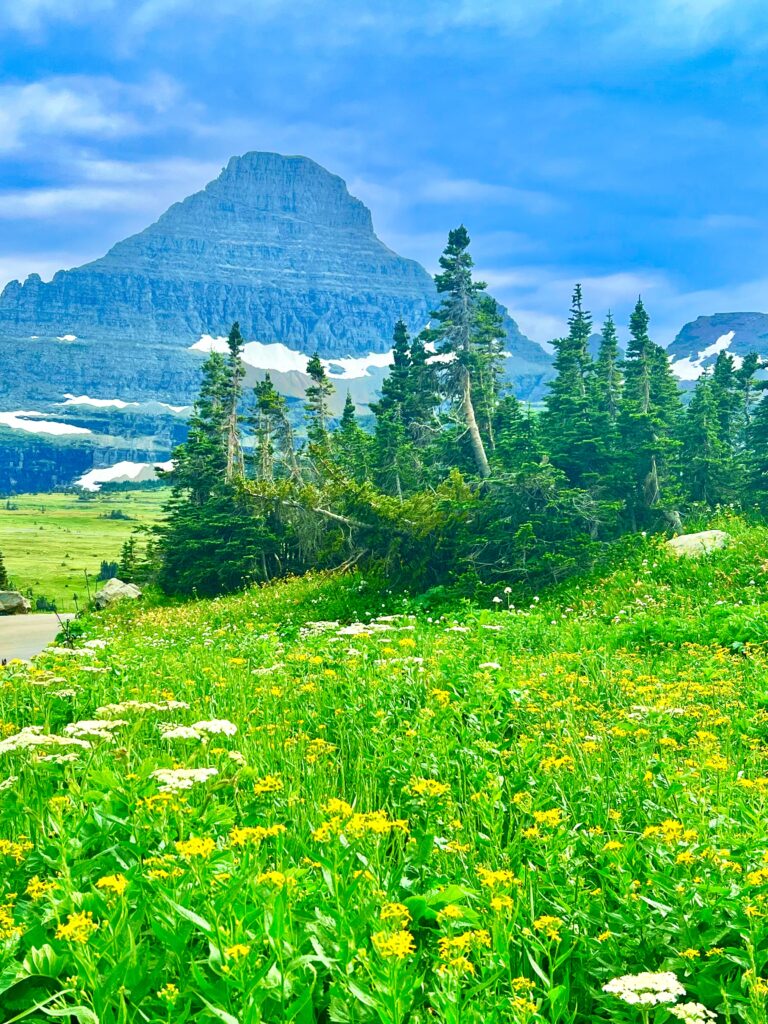
Sensing an opportunity, the Great Northern Railway promoted legislation, which ultimately led to the creation of Glacier National Park in 1910. Envisioning the area as a playground for wealthy Americans, who at the time were primarily vacationing in Europe, the railroad lured tourists to Glacier using the phrase “See America First”. Marketed as “America’s Switzerland”, the railroad built most of Glacier’s early infrastructure, including: roads, hotels, and hiking trails.

Eventually tourists began flocking to Glacier National Park, and the only way to get there was the Great Northern Railway. The railroad remained the major developer of Glacier National Park until after World War II. The 1930’s saw the development of major road building projects, both in and around the park, eliminating the railroad’s monopoly on transportation into the park. While no longer involved in developing the park, take a drive along U.S. Highway 2, and you’ll see BNSF freight trains crossing Marias Pass on the same line built in 1891. A reminder of the railroad’s role in creating one of our most treasured national parks.
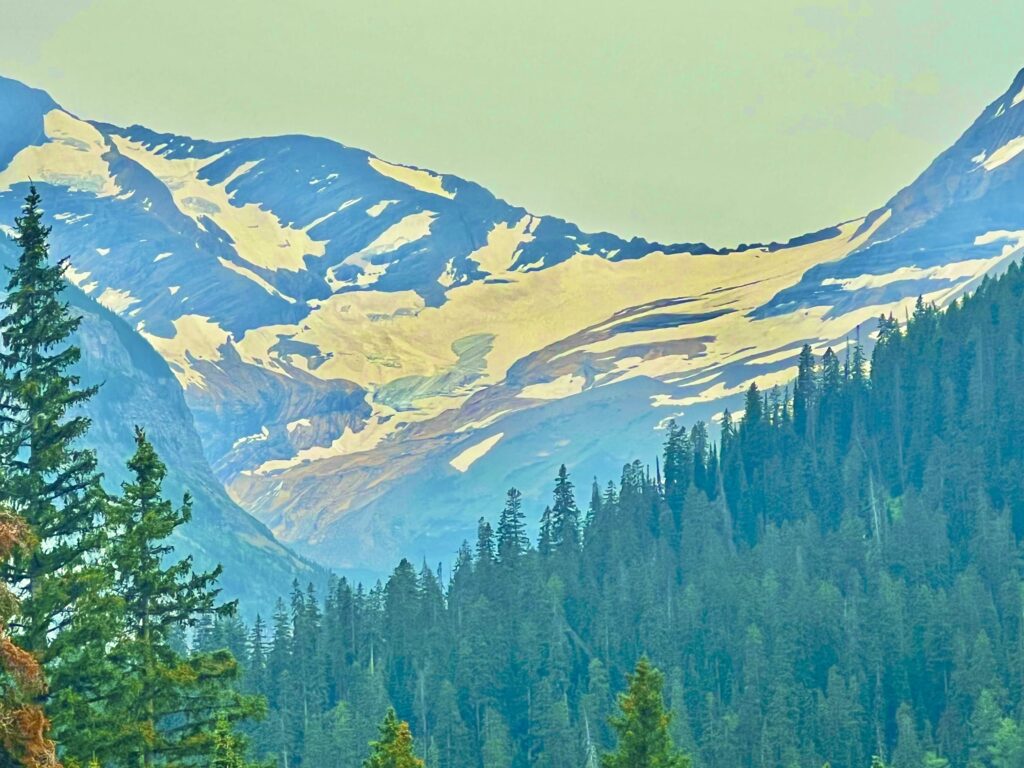
Visiting Glacier National Park
In addition to the magnificent scenery, Glacier National Park is great because it has something for everyone. For being one of the most remote national parks in the contiguous United States, Glacier is surprisingly easy to navigate for the average visitor. Want to take a scenic drive and hike along some paved trails, you can do that. Want to hike 20 miles into the back country and hang out with grizzly bears, you can do that to. Whether you’re an adventurous outdoorsman or someone looking for an exciting family vacation, Glacier National Park has options for everyone.
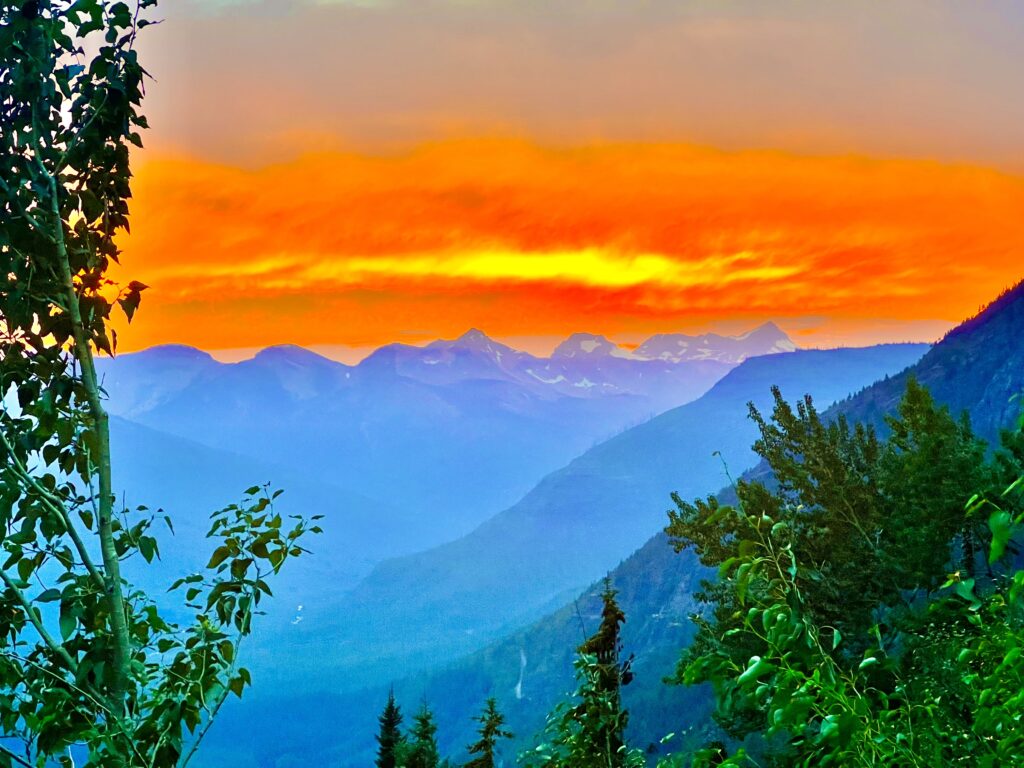
No trip to Glacier National Park would be complete without driving the Going to the Sun Road. Running throughout the park for 50 miles, the road will take you past glaciers, glacial lakes, pristine rivers, magnificent valleys, cascading waterfalls, and colorful wildflowers. There’s plenty of turnouts along the road, and you’ll want to make frequent stops. The Going to the Sun Road will also take you over the Continental Divide at Logan Pass, where you can make a stop at the visitor center.
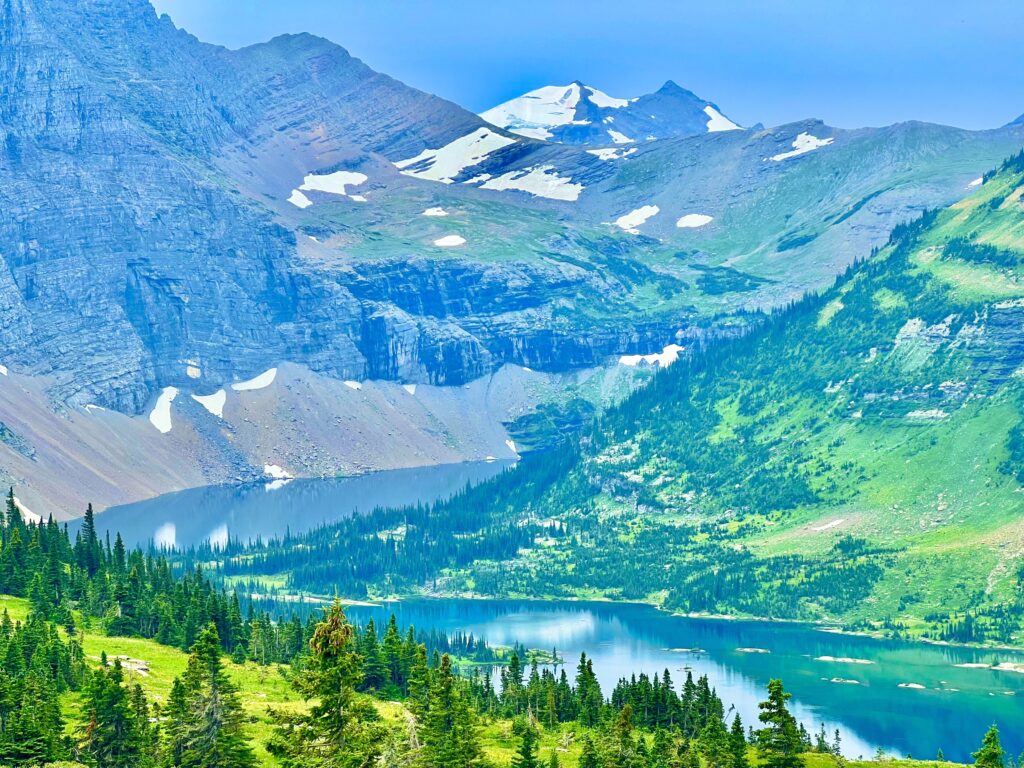
Logan Pass is also a good place to stop and take a quick hike. From the Logan Pass visitor center, you can make the 1.5 mile hike to the Hidden Lake Overlook. This is a good option if you’re looking for an accessible hike, as the entirety of the trail is either paved or runs across a boardwalk. Along the way you’ll pass through the most wonderful alpine meadows and see plenty of wildlife. The prize at the end of the trail is Hidden Lake, which is incredibly picturesque. The turquoise color of glacial lakes is really a sight to see, and Hidden Lake is no exception.

In addition to giving visitors access to incredible scenery, the Going to the Sun Road is an engineering marvel worthy of recognition. Completed in 1932, the road’s construction was a monumental undertaking, as is the required annual maintenance. Each spring, crews have to clear as much as 80 feet of accumulated snow, before the road can be opened to visitors. The road itself is so impressive, that it was designated a National Historic Landmark.
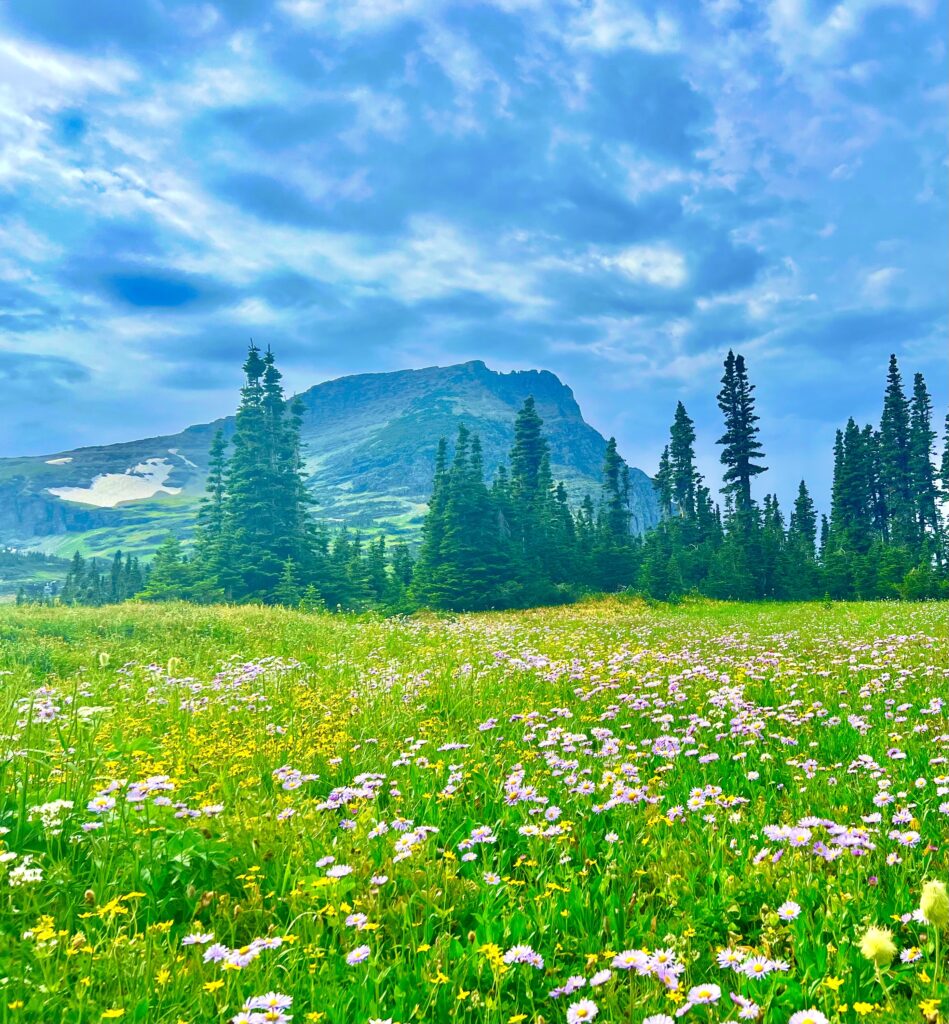
There’s so much to see and do in Glacier National Park, but if you have limited time, driving the Going to the Sun Road is the obvious choice. You’ll see some of the park’s most magnificent scenery, and it’s an easy trip to plan. The road has become increasingly popular, so the park has implemented a reservation system, FYI for anyone considering making the trip. The park makes some reservations available 120 days in advance, and releases the rest at 8:00 AM the day before.
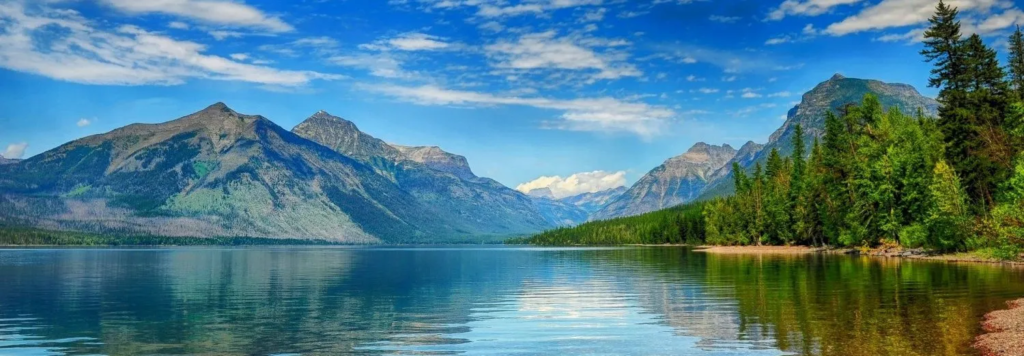
All of America’s national parks are wonderful, but Glacier National Park really stands out as an unique landscape. National parks such as Yellowstone, Yosemite, and Grand Canyon are commonly found on people’s “bucket lists”, and I would strongly argue Glacier National Park belongs in that same category. At this point I’ve been to 30 of the 63 national parks, and Glacier National Park has definitely been my favorite. With over 1 million acres of wilderness, and 700 miles of trails, Glacier National Park is a land full of possibilities, and one I’ll surely return to see again.

Amazing photos! A trip to Glacier National Park is now on the bucket list.